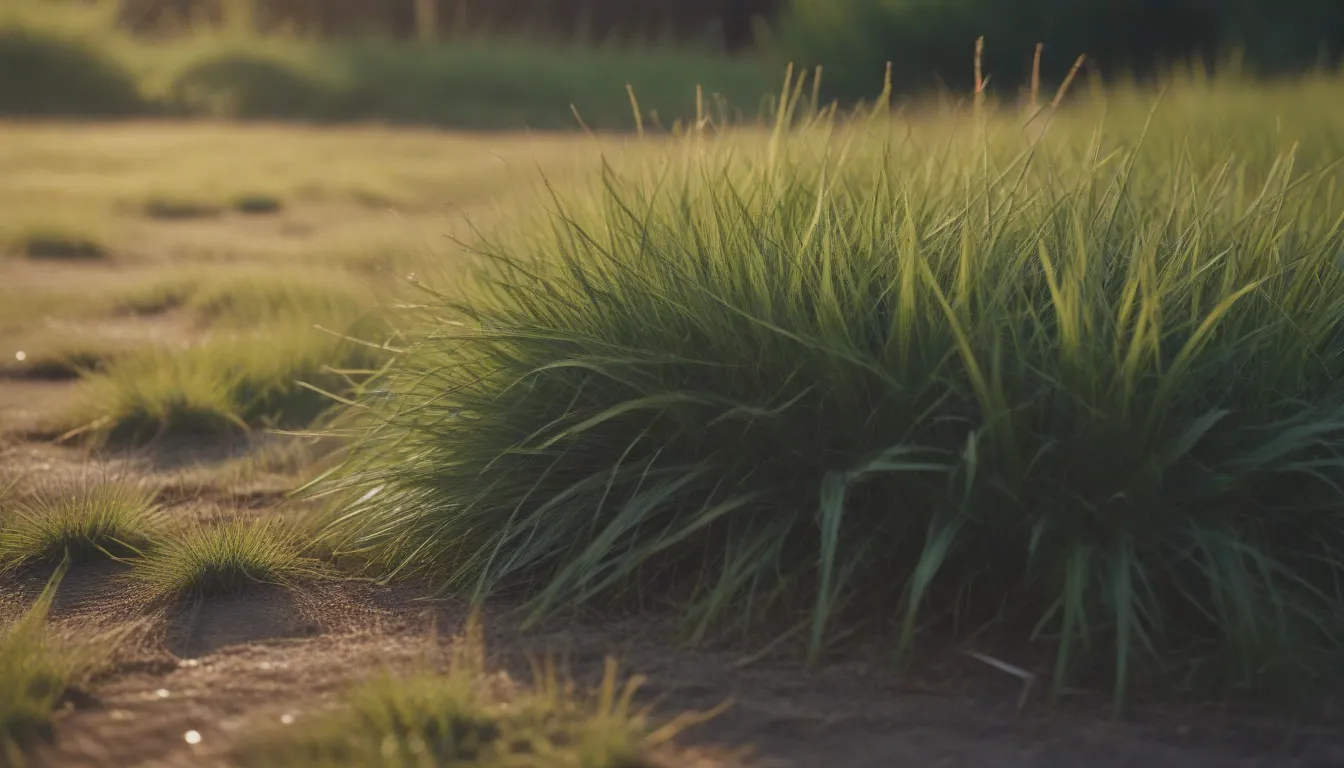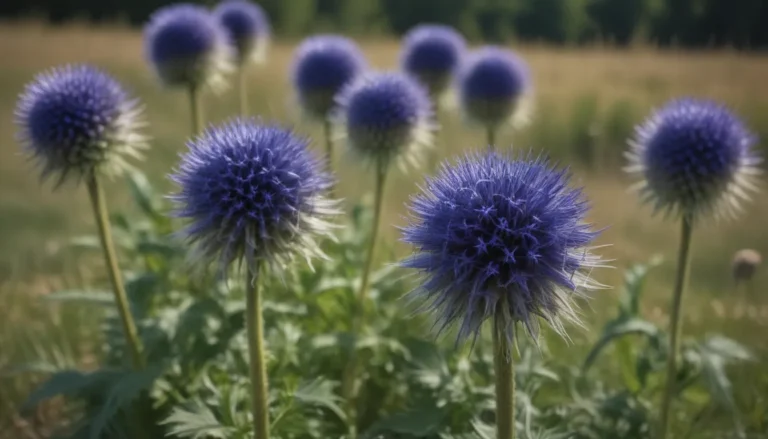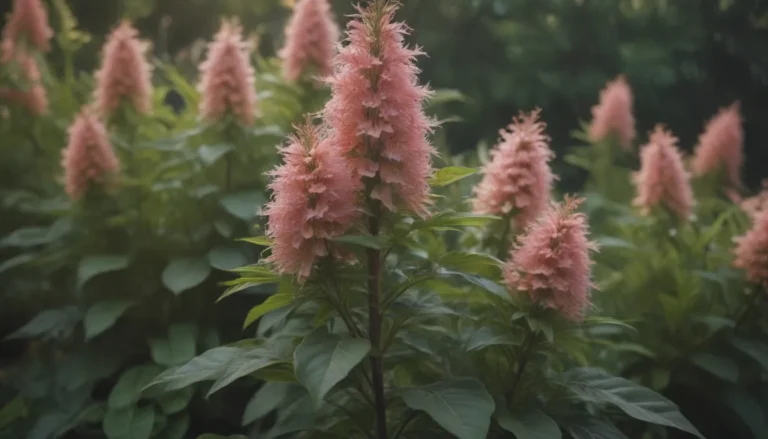The Ultimate Guide to Buffalo Grass: Your Low-Maintenance Lawn Option

Are you looking for a low-maintenance alternative to traditional turfgrass for your lawn? Look no further than buffalo grass! This warm-season grass, native to North America, offers a host of benefits that make it an excellent choice for your yard. In this comprehensive guide, we’ll delve into everything you need to know about planting, caring for, and maintaining buffalo grass to help you achieve a beautiful and sustainable lawn that requires minimal upkeep.
What Is Buffalo Grass?
Buffalo grass, scientifically known as Bouteloua dactyloides, is a perennial warm-season grass that belongs to the Poaceae family. It is characterized by its resilience and drought tolerance, making it an ideal option for regions with low rainfall. Buffalo grass spreads quickly through seed and stolons, forming a dense sod that can reach up to 8 inches in height and 12 inches in width.
Stolons and rhizomes, which are types of shoots that grass plants use to spread, play a vital role in buffalo grass’s growth and ability to cover areas effectively. These long roots make buffalo grass an excellent choice for erosion control on hillsides, where other grass varieties may struggle to hold back soil.
Pros and Cons of Buffalo Grass
Let’s take a closer look at some of the advantages and disadvantages of planting buffalo grass in your lawn:
Pros:
- Extremely hardy and drought-tolerant
- Native to North America
- Attracts wildlife if allowed to flower
- Suitable for a natural look that doesn’t require frequent mowing
- Tolerates heat well
- Soft texture that is easy on bare feet
Cons:
- Warm-season grass may not look its best during colder months
- Forms dense clumps, resulting in a non-uniform lawn appearance
- Not shade-tolerant
- Only moderately resistant to foot traffic
- Surface may not be as smooth as other types of lawn grass
Planting Buffalo Grass
If you’re considering switching to buffalo grass from conventional turfgrass, be prepared to start from scratch. Buffalo grass cannot be overseeded into existing turfgrass, so you’ll need to establish a new lawn using plugs or sod. While seeding buffalo grass can be a lengthy process, starting with plugs or sod can yield quicker results.
Tips for Planting Buffalo Grass:
- Spacing Considerations: When planting plugs, space them 5 inches apart for faster lawn establishment. If you’re on a budget and can wait for the lawn to fill in, space them up to 12 inches apart.
- Soil Preparation: Prior to planting buffalo grass, ensure your soil is well-prepared by testing it and adding necessary soil amendments to promote healthy growth.
Whether you opt for seeding, plugging, or sodding, proper soil preparation is key to establishing a thriving buffalo grass lawn.
Care and Maintenance for Buffalo Grass
Once your buffalo grass lawn is established, you’ll find that it requires minimal maintenance compared to other turfgrass varieties. Whether you choose to mow your buffalo grass or prefer a no-mow option, here are some care tips to keep your lawn looking its best:
- Mowing Height: If you decide to mow your buffalo grass, keep the height at around 5 inches, higher than most grass species. This reduces the frequency of mowing and promotes a healthy lawn.
- Fertilization: Apply 1 pound of nitrogen per 1000 square feet of lawn twice a year, in late spring/early summer and late summer.
- Weed Control: Use caution when applying herbicides to buffalo grass, as post-emergent herbicides can damage the grass. Opt for pre-emergent herbicides in spring and wait until the grass is dormant before using glyphosate for weed control.
By following these care and maintenance tips, you can ensure your buffalo grass lawn remains healthy and vibrant throughout the growing season.
Cost of Buffalo Grass
The cost of establishing a buffalo grass lawn can vary depending on the method you choose. Seeding buffalo grass is the most cost-effective option but requires patience and labor. Plugs offer a middle-ground in terms of cost and results, while sod provides an instant lawn solution at a higher price point.
In summary, buffalo grass is a versatile and hardy grass species that offers numerous benefits for homeowners looking to maintain a low-maintenance lawn with minimal irrigation needs. By following the planting, care, and maintenance tips outlined in this guide, you can enjoy a beautiful buffalo grass lawn that enhances the aesthetic appeal of your outdoor space.
For more information on buffalo grass and its cultivation, check out the resources provided by Colorado State University Extension and University of Nebraska Extension.
Remember, a healthy buffalo grass lawn is not only a sustainable choice but also a beautiful addition to your landscape. So why wait? Start your buffalo grass journey today and enjoy the benefits of a low-maintenance, drought-tolerant lawn that will bring joy to your outdoor space for years to come.





